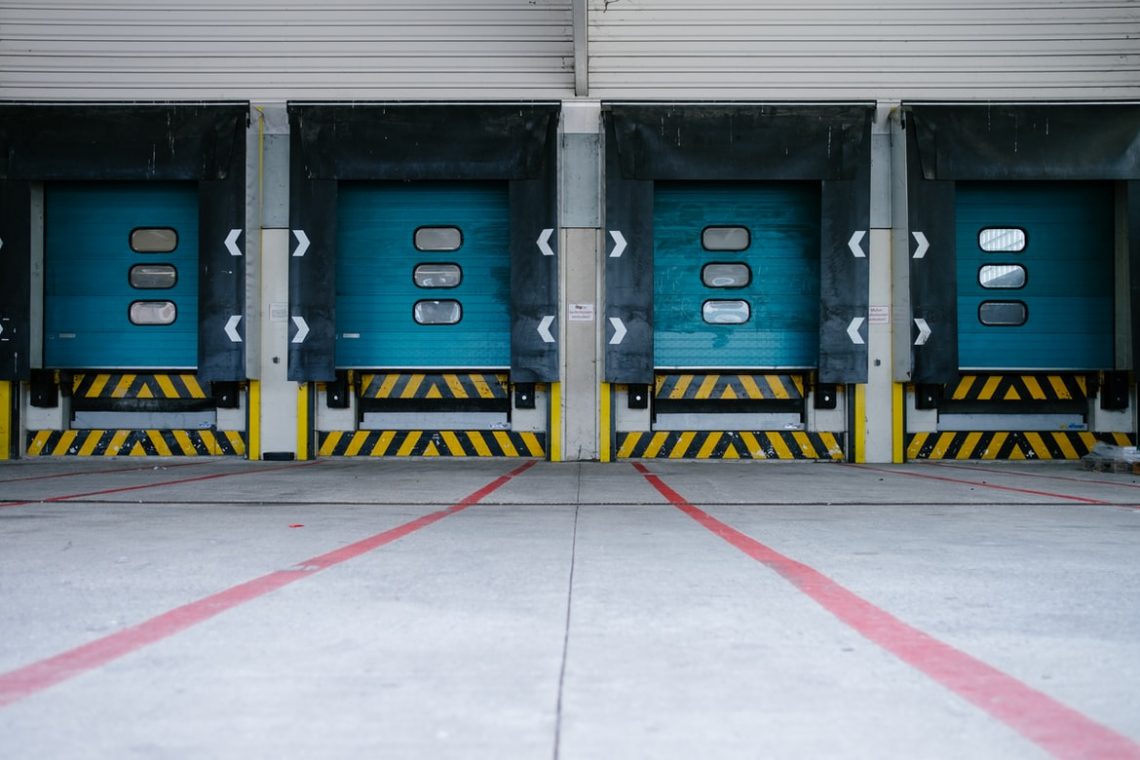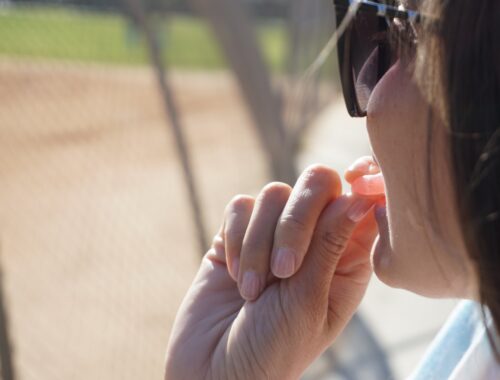
Primary and Acute Healthcare
Healthcare is a highly dependent on communication. Acute healthcare providers must ensure that information is shared and disseminated promptly. The same goes for primary healthcare. This can be done by using simple and convenient communication channels. There are many factors to consider before you decide on a communication channel that is effective in primary and acute healthcare facilities. Important factors include the reliability, confidentiality, and coverage of the transmitted information, as well as the institution’s ability to handle the equipment. Two-way radios are a great tool for healthcare institutions. They can be used to share information and can greatly benefit hospitals.
Build of Two-Way Radios

Two-way radios can only perform one function at once – receiving or sending the signal. This allows users to communicate efficiently without interfering with their counterparts. These devices allow for the exchange of clear information and not constant communication. These two-way radios are also called transceivers, walkie talkies, or transceivers.
Two-way radios are simple devices that consist of six components: the power source, receiver and transmitter, as well as the microphone, speaker, and crystal. These devices have low running and maintenance costs. Multiple communicating devices can operate on the same radio frequency. A push-to-talk button allows the device to switch between transmitting and receiving modes.
Primary Healthcare: Its Challenges
It is becoming more important to provide primary healthcare for all. This means that everyone should have access to healthcare. This goal is not possible if there aren’t enough qualified medical professionals. To make the most of available resources, medical planners must focus on technology.
Primary healthcare is plagued by isolation of patients. Patients in need of medical attention are often dispersed, particularly in rural areas. They may not have access or the means to get it. It is difficult to obtain drugs and perform medical tests, which defeats the purpose of primary healthcare. Another problem is the inability to communicate.
Quick information exchange is a solution to all of these problems. Two-way radios allow for the exchange of vital medical information as well as the grading of current medical practices. Two-way radio communication devices are also important because of the lack of modern technologies in many places.
Two-Way Radios in Primary Healthcare Settings
Two-way radio is a vital tool in primary healthcare delivery. It connects local doctors with hospitals in larger cities and other advanced locations. This is crucial for diagnosing patients and also for prescribing treatment. It is crucial to determine whether the patient should be referred immediately. Two-way radios allow the hospital to monitor the condition of patients at other locations.
Medical and health protocols will determine how well two-way radio technology is used for primary healthcare. Two-way radios allow doctors in certain countries to contact health aides to monitor the patient’s condition. How effective two-way radio can be used to provide primary healthcare depends on the medical structure of the country and the community.
Two-way radio can be used to address emergency situations. In the event of an emergency, poor communication and transportation facilities could put a community at risk. Two-way radios can be used for medical emergencies to relay information to hospitals and district headquarters. This will save many lives.
Two-way radios can be used in some countries to link fieldworkers and doctors who are always on the move. When the news is received via two-way radios, airplanes can be used to quickly attend to critical patients.
Two-way radios are also useful in the training of field workers, who play an important part in primary healthcare. It all depends on the medical worker’s level of competence and the training they are seeking. Field workers can also listen to their co-workers and physicians, and observe the different medical procedures in each case.
Two-Way Radios in Acute Care Settings

Two-way radios can allow hospitals to share clinical information. A mobile unit made up of clinicians will be more efficient at dealing with patients’ day-to-day issues and those cases that require immediate attention. For a patient who has had a complex heart operation, constant monitoring may be necessary for several hours. The doctor who performed the surgery may not be able to be there for the patient 24/7. Two-way radios can be an effective tool for healthcare institutions to solve critical operational problems. Two-way radios allow a nurse to update the doctor on the condition of the patient or if the patient requires immediate attention. This will allow the doctor to update him on the patient’s status and help him make immediate decisions based upon the information. Two-way radios have been successfully used in acute healthcare by the healthcare industry. Two-way radios are widely used in hospitals to exchange information between healthcare workers.
Two-Way Radios: The Advantages
Two-way radios are a cost-effective medium for instant communication. Northwest haulage companies The healthcare industry needs rapid, extensive information sharing in an efficient and cost-effective manner. Wireless radio communication can be used to bring large healthcare institutions under one roof without incurring high costs. Radio signals are also more reliable than mobile networks. This is because one depends on the strength of the network and connectivity. Interference issues are rare. These devices also have very low maintenance costs.
Two-Way Radios: Standard Practices in Operation
These are some of the most common practices for two-way radios in healthcare institutions
- These devices can be used in “receive-only” mode in patient areas.
- If the device is being used for outgoing communications, medical staff should leave the patient’s area.
- Two-way radios should be kept away from high-powered medical devices.
- If the device allows, you must set it to the lowest setting.
- Radio devices should be immediately stopped if any medical equipment malfunctions.
- Two-way radios can be distracting for a surgeon during surgery if they are not necessary. To avoid delays in patient care, these devices should only be used when absolutely necessary.
- Two-way radio systems: interference and other issues

The Top Android Food Apps of 2021
You May Also Like

Edible Buyer’s Guide – What You Still Didn’t Know
April 21, 2023
20 Ways How You Can Advertise Your App For Free
February 28, 2021

